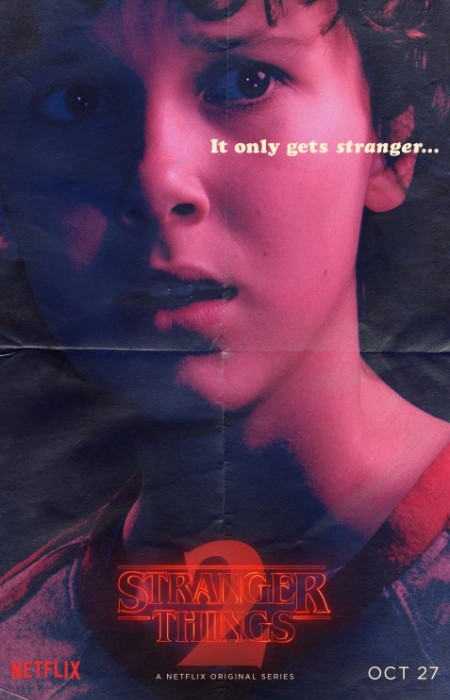
Stranger Things, an undeniable watercooler hit par excellence which is soon (“soon” being a relative concept in these COVID-delayed times; don’t hold your breath is all I’d say) to treat us to a fourth season of Spielbergian ’80s horror-filled delights, has never been short on atmosphere.
It has always had a brilliantly engaging narrative, compelling characters and a beguiling premise but as Michael from Lessons from the Screenplay makes clear, while those three things could be reasonably well conveyed to studio executives, describing the tone of the show proved a little tricker.
With the show deftly described as a “unique blend of supernatural horror and their [Duffer Brothers] favourite ’80s adventure movies” by Lessons from the Screenplay, this informative video goes through how tone is conveyed through ever step of the writing process.”
It’s a fascinating insight into how new shows work to convey a sense of identity, not just to studio executives but also to curiously audiences keen to see what this show will be like.
It may seem amazing three seasons down the track to think of the cultural juggernaut that is Stranger Things being unknown to anyone, but the seamless way in which monster movies and kids’ own adventures were combined goes a long way to explain this show’s substantial and enduring appeal.